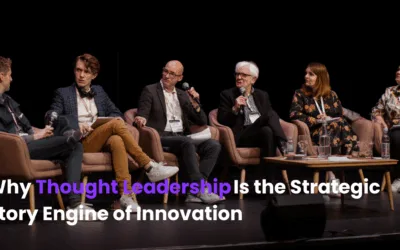New comers to the Australian startup scene can find the landscape confusing. Not only is there constant change with new teams, spaces, funds and startups either starting, growing or closing down, the people and teams are also constantly on the move.
Artesian Venture Partners has put together this periodic table to help navigate the space, broken down as follows:
- Coworking spaces: Often the first port of call when you grow too big to be coding in your kitchen, coworking spaces are a vital aggregation point for people, business, ideas and potential collaborators. Recently coworking spaces have explode with more and more professional services firms, banks and enterprises providing some form of coworking space. Expect to see next year’s chart dramatically expanded
- Accelerators/incubators: Research has shown that accelerators have a positive impact on regional entrepreneurial ecosystems, aid venture development and actually do provide acceleration towards key milestones including helping to attract seed and early stage financing
- Angel groups: These groups invest their own funds in early stage businesses. They help fill the gap in funding between seed funding and venture capital backed rounds of financing and are often considered high risk investors. Angels seek high returns (eg 10x or more) within set time frames (say five years)
- Seed and early stage VC: Seed stages are the earliest styles of funding where friends and family invest in a business or venture capital firms invest small amounts of money to help kickstart new businesses. Increasingly, seed funding is coming in the form of equity crowdfunding
- Equity crowdfunding: The relatively new kid on the block (at least here in Australia). In this model, broad groups of investors can fund startups in return for equity – often managed through an online platform
- Late stage VC: When a startup has matured its product and systems and is commercially viable, late stage venture capital may be sought prior to an initial public offering (IPO)
- Corporate VCs: We are seeing an increasing number of corporates create their own venture funds. This provides an often easier way for large enterprises to invest in startup businesses, taking on higher than usual levels of risk with the promise of downstream reward (whether this is an exit, competitive advantage etc)
- Conferences and events: Showcasing the successes (and sometimes failures) of an ecosystem is an essential ingredient in ecosystem health. The Australian startup conferences and events have grown significantly over the last few years and will play an important role in amplifying and accelerating mainstream engagement with the startup sector
- Government and NGOs: Beyond the obvious players like CSIRO, we have seen a growth of state based organisations dedicated to supporting the high growth technology sector
- Media: The mainstream media have begun to feature more startup related stories, but there are some solid media plays across the startup ecosystem, each with a particular slant on the sector, the participants and the audiences that are hungry for the stories.
While there will be plenty of organisations left out of this chart, it’s a great and accessible way to map out the activity across a growing sector. Updates and improvements are bound to follow.




